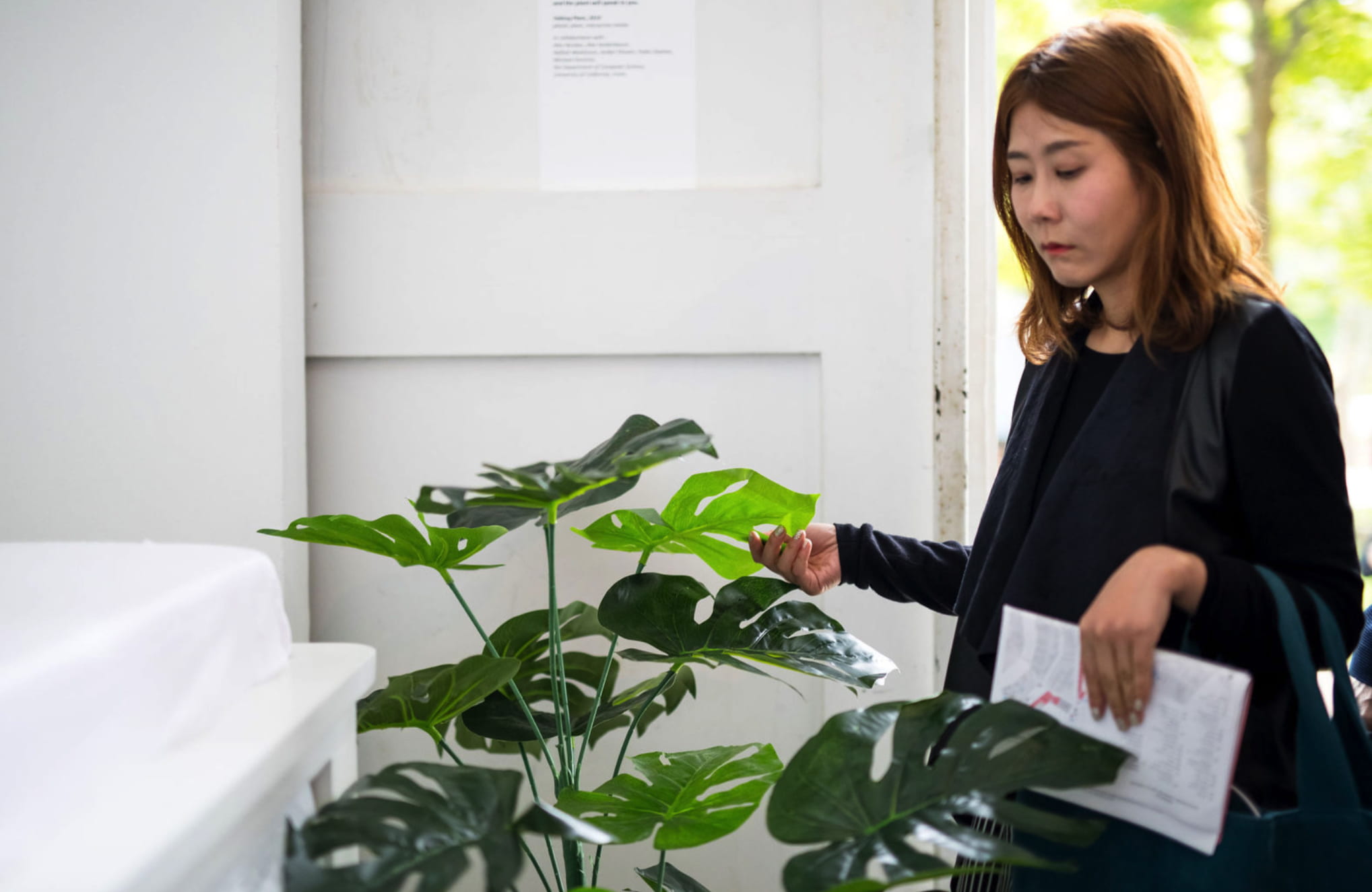UCI researchers decipher atomic-scale imperfections in lithium-ion batteries
Team used super high-resolution microscopy enhanced by deep machine learning

Irvine, Calif., Jan. 26, 2023 – As lithium-ion batteries have become a ubiquitous part of our lives through their use in consumer electronics, automobiles and electricity storage facilities, researchers have been working to improve their power, efficiency and longevity.
As detailed in a paper published today in Nature Materials, scientists at the University of California, Irvine and Brookhaven National Laboratory conducted a detailed examination of high-nickel-content layered cathodes, considered to be components of promise in next-generation batteries. Super-resolution electron microscopy combined with deep machine learning enabled the UCI-led team to decipher minute changes at the interface of materials sandwiched together in lithium-ion batteries.
“We are particularly interested in nickel, as it can help us transition away from cobalt as a cathode material,” said co-author Huolin Xin, UCI professor of physics and astronomy. “Cobalt is toxic, so it’s dangerous to mine and handle, and it’s often extracted under socially repressive conditions in places like the Democratic Republic of Congo.”
But for the change to be fully realized, battery developers need to know what goes on inside the cells as they are repeatedly discharged and recharged. The high energy density of nickel-layered lithium-ion batteries has been found to cause rapid chemical and mechanical breakdown of LIBs’ component materials.
The team used a transmission electron microscope and atomistic simulations to learn how oxidation phase transitions impact battery materials, causing imperfections in an otherwise fairly uniform surface.
“This project, which relied heavily on some of the world’s most powerful microscopy technologies and advanced data science approaches, clears the way for the optimization of high-nickel-content lithium-ion batteries,” Xin said. “Knowing how these batteries operate at the atomic scale will help engineers develop LIBs with vastly improved power and life cycles.”
Funded by the U.S. Department of Energy, the project relied on facilities at Brookhaven National Laboratory in Upton, New York, and the UC Irvine Materials Research Institute. Paper co-authors included Chunyang Wang, UCI postdoctoral scholar in physics and astronomy; Tianjiao Lei, UCI postdoctoral scholar in materials science and engineering; and Kim Kisslinger and Xuelong Wang of Brookhaven National Laboratory.
About UCI’s Brilliant Future campaign: Publicly launched on Oct. 4, 2019, the Brilliant Future campaign aims to raise awareness and support for UCI. By engaging 75,000 alumni and garnering $2 billion in philanthropic investment, UCI seeks to reach new heights of excellence in student success, health and wellness, research and more. The School of Physical Sciences plays a vital role in the success of the campaign. Learn more by visiting https://brilliantfuture.uci.edu/uci-school-of-physical-sciences.
About the University of California, Irvine: Founded in 1965, UCI is a member of the prestigious Association of American Universities and is ranked among the nation’s top 10 public universities by U.S. News & World Report. The campus has produced five Nobel laureates and is known for its academic achievement, premier research, innovation and anteater mascot. Led by Chancellor Howard Gillman, UCI has more than 36,000 students and offers 224 degree programs. It’s located in one of the world’s safest and most economically vibrant communities and is Orange County’s second-largest employer, contributing $7 billion annually to the local economy and $8 billion statewide. For more on UCI, visit www.uci.edu.
Media access: Radio programs/stations may, for a fee, use an on-campus ISDN line to interview UCI faculty and experts, subject to availability and university approval. For more UCI news, visit news.uci.edu. Additional resources for journalists may be found at communications.uci.edu/for-journalists.



